Shipping Container Vents
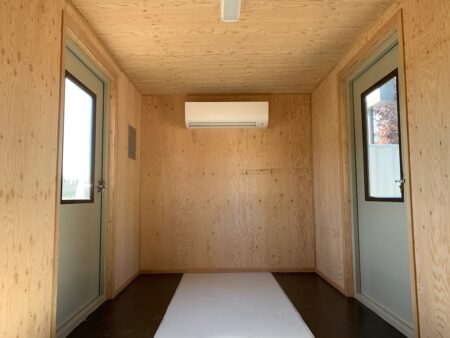
Shipping container vents are essential components for ensuring proper air circulation and ventilation within containers. Get Simple Box provides a variety of vents including passive and turbo vents, electric vents, and louvre vents to ensure optimal airflow.
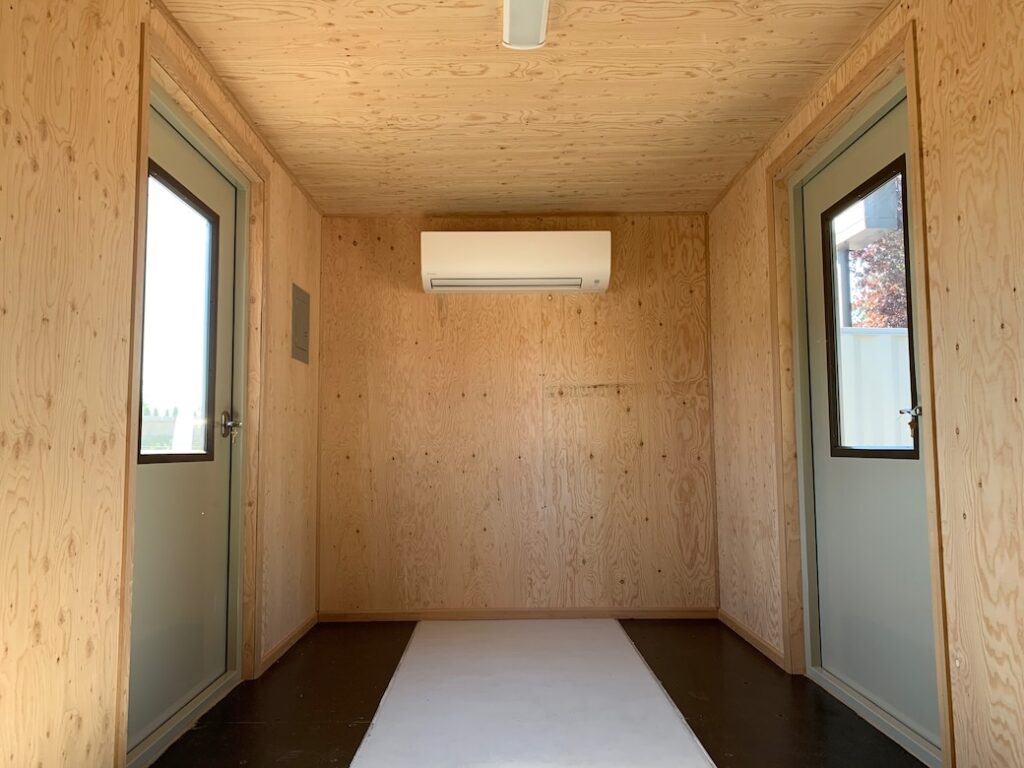

Passive & Turbo Vents
Wind-driven vents & natural convection airflow
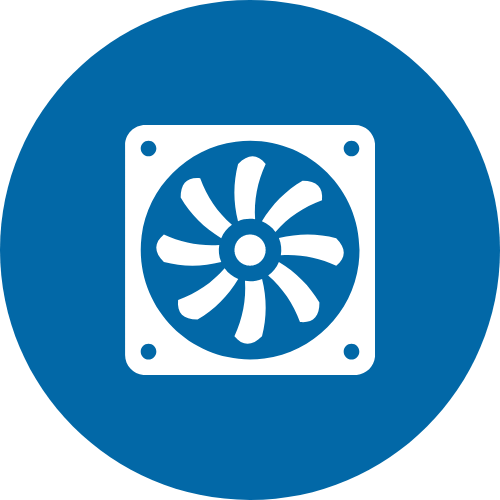
Electric Vents
Powered by electricity & equipped with fans to circulate air within the container

Louvre Vents
Adjustable slats or louvres that can be opened or closed to regulate airflow
Key Features to Heating & AC Vents
Preventing Condensation
Proper ventilation helps prevent the buildup of condensation inside the container, which can lead to moisture-related issues such as mold, mildew, and corrosion.
Temperature Regulation
Vents facilitate the exchange of hot, stale air with cooler, fresh air, helping to regulate temperature inside the container and prevent overheating.
Reducing Odors
Vents help dissipate odors and stale air from the container, improving overall air freshness and comfort.

Your Next Steps to Add Shipping Container Vents to Your Container
Call
Call or Visit to Discuss Vent Options
Choose
Choose Your Vent Type
Enjoy
Enjoy a Fully Heated or Air-Conditioned Container
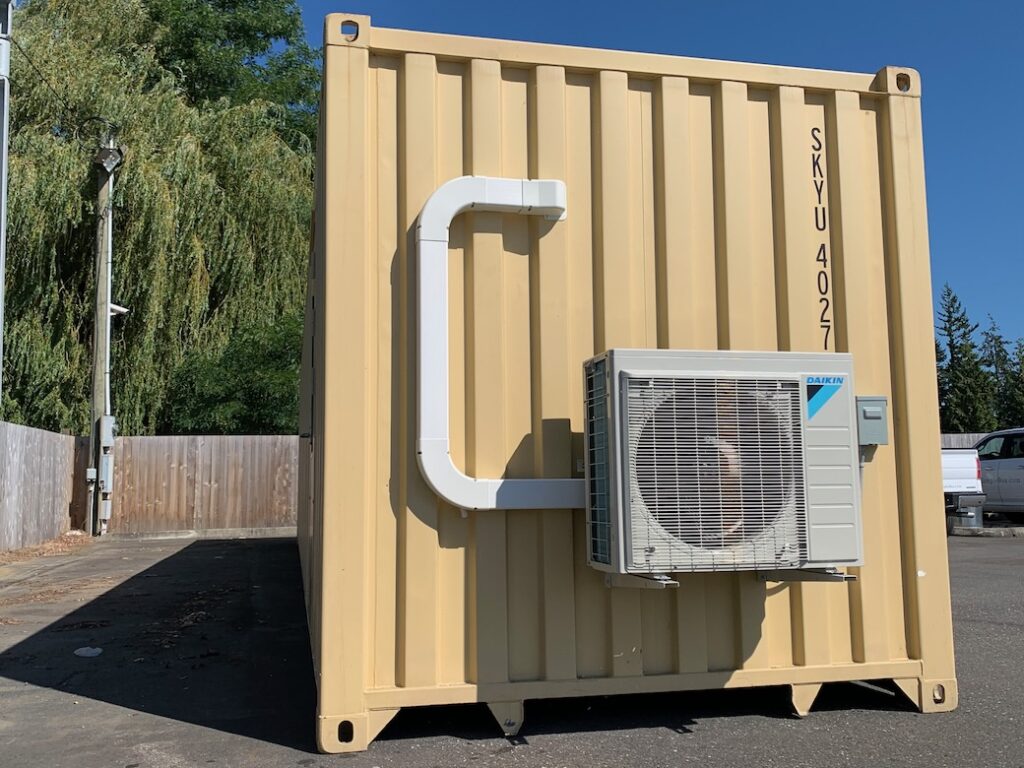
Shipping Container Vent Reviews




Passive & Turbo Vents
These vents rely on natural convection to allow airflow into and out of the container. Passive vents are typically installed on the upper and lower sections of the container walls to facilitate air exchange.
Turbo vents, also known as wind-driven vents, utilize the force of wind to create suction and draw stale air out of the container while simultaneously allowing fresh air to enter. They are often installed on the roof of the container and require no external power source.
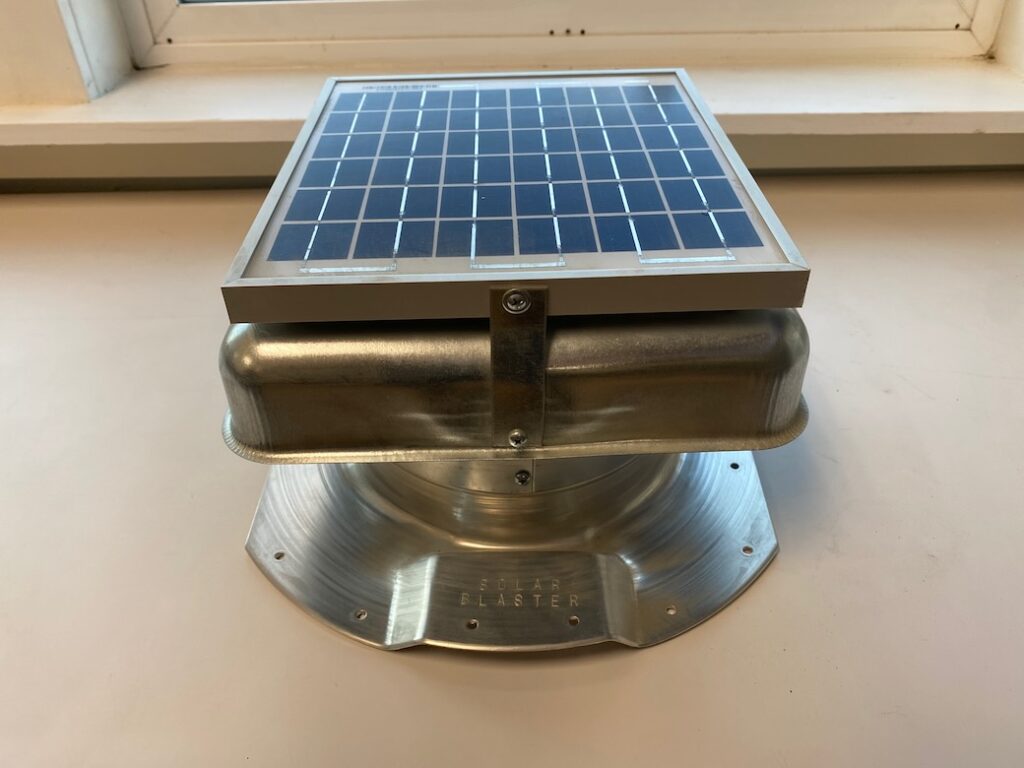
Electric Vents
Electric vents are powered by electricity and equipped with fans to actively circulate air within the container. These vents are useful for maintaining consistent airflow, especially in environments where natural ventilation is limited.

The timeframe for modifying a shipping container to include electric vents depends on factors such as the availability of materials, the complexity of installation, and the workload of the modification company. Installing electric vents typically requires additional considerations such as wiring and electrical connections, which may extend the modification timeframe. Generally, the installation of electric vents can take anywhere from a few days to a couple of weeks, depending on the specific requirements of the project.
The cost of installing electric vents in a shipping container can vary based on factors such as the number of vents needed, the quality of materials used, and the labor costs in the specific location. On average, the cost of installing electric vents in a standard-sized shipping container can range from $300 to $1500 per vent. This cost may vary depending on whether the vents are manually controlled or equipped with automated features such as thermostats or humidity sensors.
Electric vents in shipping containers serve several common purposes:
- Controlled Ventilation: Electric vents allow for precise control over ventilation and airflow within the container. They can be programmed to operate automatically based on temperature, humidity, or other environmental factors, ensuring optimal air quality and comfort.
- Moisture Control: By facilitating airflow, electric vents help prevent moisture buildup inside the container, reducing the risk of mold, mildew, and corrosion.
- Temperature Regulation: Electric vents can be used to regulate temperature inside the container by expelling hot air and promoting airflow, particularly in climates with extreme temperatures.
- Remote Operation: Some electric vents are equipped with remote control capabilities, allowing users to adjust ventilation settings from a distance using a smartphone or other devices.
Electric vents offer several advantages for shipping container modification:
- **Precise Control**: Electric vents allow for precise control over ventilation, temperature, and humidity levels inside the container, providing customizable comfort and environmental conditions.
- Automated Operation: Electric vents can be programmed to operate automatically based on pre-set parameters, reducing the need for manual intervention and ensuring consistent airflow and ventilation.
- Enhanced Efficiency: Electric vents are energy-efficient and can be programmed to operate only when needed, reducing energy consumption and operating costs compared to continuously running ventilation systems.
- Remote Monitoring: Some electric vents are equipped with monitoring capabilities, allowing users to remotely monitor and control ventilation settings, receive alerts for abnormal conditions, and track environmental data over time.
- Integration with Smart Home Systems: Electric vents can be integrated with smart home systems, enabling seamless control and automation of ventilation settings alongside other smart devices and appliances.
Louvre Vents
The timeframe for modifying a shipping container to include louvre vents depends on factors such as the number of vents required, the complexity of installation, and the workload of the modification company. Generally, installing louvre vents can be completed within a few days to a week, assuming there are no significant delays or complications. However, if custom fabrication or structural modifications are necessary, the timeframe may be longer.
The cost of installing louvre vents in a shipping container can vary based on factors such as the size of the vents, the quality of materials used, and the labor costs in the specific location. On average, the cost of installing louvre vents in a standard-sized shipping container can range from $150 to $600 per vent. This cost may vary depending on the complexity of installation and any additional modifications required.
Louvre vents in shipping containers serve several common purposes:
- Ventilation Control: Louvre vents allow for adjustable airflow control, as the slats or louvres can be opened or closed to regulate ventilation according to specific requirements.
- Temperature Regulation: Louvre vents help regulate temperature inside the container by allowing hot air to escape and cool air to enter. They are particularly useful in warmer climates or during periods of high sun exposure.
- Moisture Control: By facilitating airflow, louvre vents help prevent moisture buildup inside the container, reducing the risk of condensation, mold, mildew, and corrosion.
- Privacy and Security: Louvre vents provide ventilation while still maintaining privacy and security, as they allow airflow without compromising the integrity of the container structure.
Louvre vents offer several advantages for shipping container modification:
- Adjustable Ventilation: Louvre vents allow for customizable ventilation settings, as the slats or louvres can be opened or closed to control airflow according to specific needs and preferences.
- Weather Resistance: High-quality louvre vents are typically constructed from durable materials such as aluminum or stainless steel, ensuring resistance to corrosion, rust, and weathering.
- Privacy and Security: Louvre vents provide ventilation while maintaining privacy and security, as they are designed to prevent unauthorized access while still allowing airflow.
- Simple Installation: Installing louvre vents is relatively straightforward and can be completed quickly, requiring minimal disruption to the container structure.
- Versatility: Louvre vents can be installed on various parts of the container, including walls, doors, and roofs, providing flexibility in design and functionality.
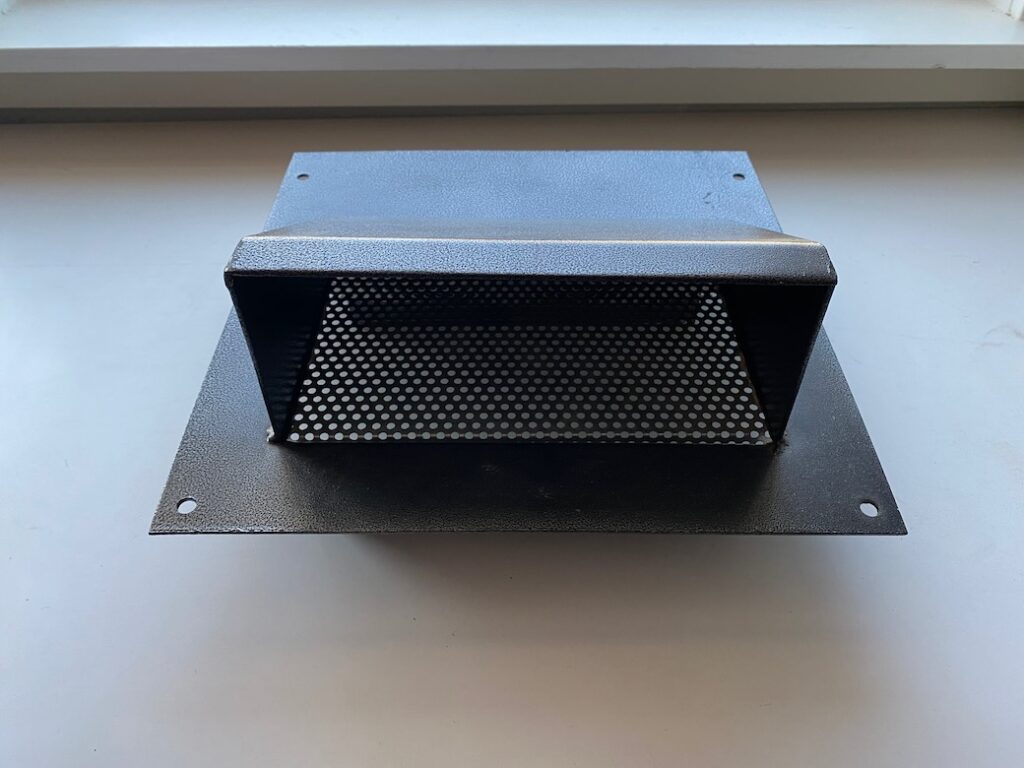
Ready to Explore More Container Modifications?

We’ll treat you like we’d want to be treated.
- No pushy sales techniques
- No out-of-state contractors
- No cussing or crudeness
- Helpful service offered with a smile
We focus on being local, professional, and kind. If at any point you have questions or concerns, a local manager is standing by and ready to help within 1 business day.
Get Container Modification Prices
We're looking forward to helping you get a Modified Shipping container. Fill out the form and we'll reply quickly with a no-pressure estimate.
"*" indicates required fields
Frequently Asked Questions
Shipping container vents are openings or devices installed on containers to facilitate air circulation and ventilation. They are necessary to prevent issues such as condensation, mold, mildew, and stale air buildup inside the container.
Shipping container vents work by allowing air to enter and exit the container, either passively through convection, with the help of wind-driven mechanisms, or through active fan-powered ventilation. This exchange of air helps regulate temperature, moisture levels, and air quality.
Common types of shipping container vents include passive vents, turbo vents (wind-driven), electric vents (fan-powered), and louvre vents. Each type has its own mechanism for facilitating airflow and ventilation.
Vents should be installed strategically to ensure optimal airflow throughout the container. Typically, vents are installed on opposite sides of the container to create cross ventilation. Additional vents may be installed on the roof or other areas as needed.
The number of vents needed depends on factors such as container size, intended use, climate conditions, and occupancy levels. Generally, larger containers or those located in hot and humid climates may require more vents for adequate ventilation.
Yes, shipping container vents may require occasional maintenance to ensure they remain functional. This may involve cleaning the vents, inspecting for damage, and lubricating moving parts if applicable.
Yes, vents can be installed on modified shipping containers for various applications, including container homes, offices, and retail spaces. Proper ventilation is essential for creating a comfortable and healthy indoor environment.
Shipping container vents are designed to be weatherproof to prevent water ingress during inclement weather while still allowing airflow. However, additional weatherproofing measures such as protective hoods or covers may be necessary, depending on the vent type and location.
While the primary function of vents is to facilitate ventilation, some vents may feature security enhancements such as lockable covers or grilles to prevent unauthorized access to the container.
Regulations and standards for shipping container vent installation may vary depending on the location and intended use of the container. It’s advisable to consult local building codes and regulations to ensure compliance with ventilation requirements.